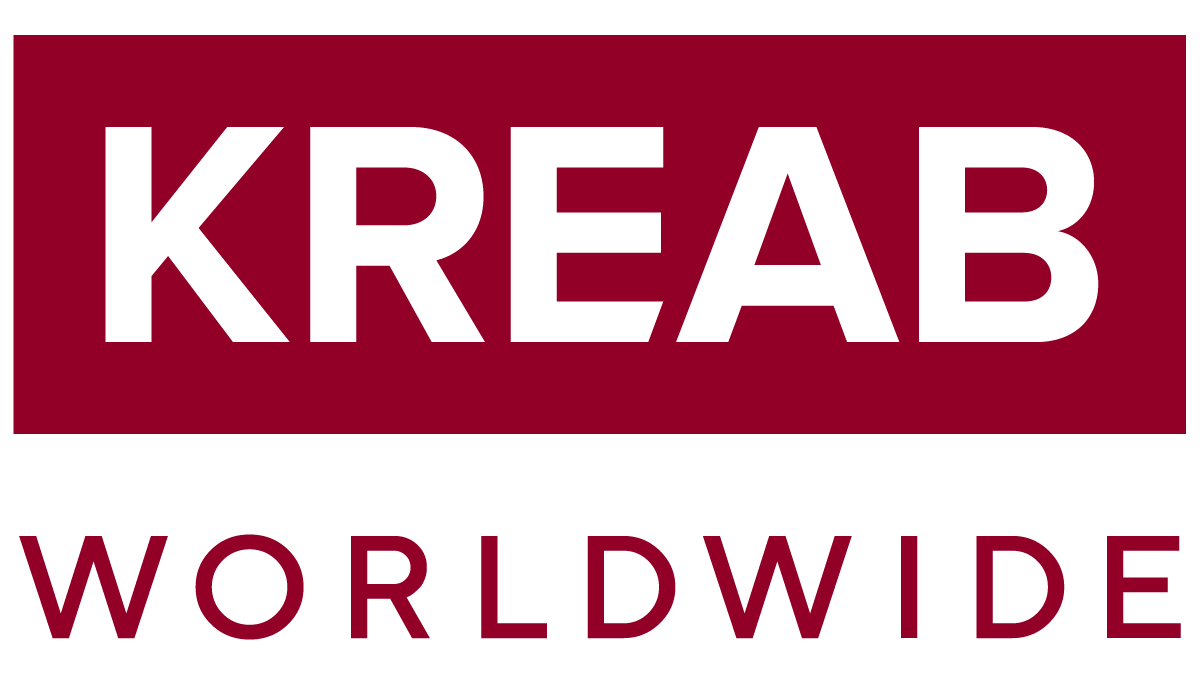
16/05/2025
Weekly China Insight – 16 May 2025
US and China reach temporary trade war truce in Geneva with sharp tariff reductions
On 12 May, the United States and China issued a joint statement after two days of high-level trade negotiations in Geneva, agreeing to a 90-day pause in their escalating trade dispute and a mutual reduction of tariffs starting 14 May. The negotiations were led by Chinese Vice Premier He Lifeng and US Treasury Secretary Scott Bessent, alongside US Trade Representative Jamieson Greer. Specifically, the US will lower its tariffs on Chinese goods from 145% to 30%, while China will cut its tariffs on American goods from 125% to 10%. Both sides also committed to suspending non-tariff countermeasures announced during previous rounds of tariff hikes. The joint statement also outlined the establishment of a bilateral trade and economic consultation mechanism between the two countries to address ongoing and future concerns. In remarks following the deal, Bessent emphasized that “neither side wants a decoupling,” while the Chinese commerce ministry described the outcome as “an important step” toward resolving disputes via “equal dialogue and consultation.”
The truce marks a significant but temporary de-escalation in the recent tariff confrontation between China and the US. It reflects the effectiveness of China’s strategy of proportionate retaliation, which raised pressure without overreaching, ultimately prompting Trump to reduce tariffs in exchange for continued dialogue. Crucially, China secured this tariff rollback without committing to structural economic reforms or addressing the bilateral trade imbalance. However, with the agreement limited to a 90-day pause and no substantive resolution of underlying structural issues, it remains a tactical ceasefire, not a strategic breakthrough. Structural tensions persist and could reignite trade hostilities if further talks stall.
Beijing formalizes stricter oversight for environmental inspections
On 12 May, the Chinese Communist Party’s Central Committee and State Council – the highest Party and government organs – jointly released the formal regulations for environmental protection inspections, institutionalizing a detailed framework to standardize how environmental inspections are carried out nationwide. The new regulations, approved last month by the Politburo, establish clear procedures for inspections, reporting, rectification, and accountability, and significantly raise the standards for both local officials and central inspectors alike.
Specifically, the regulations mandate stricter supervision over provincial governments, state-owned enterprises, and key ministries with ecological responsibilities. A new central leading group, under Politburo authority, will oversee the inspections, supported operationally by the Ministry of Ecology and Environment. Environmental inspectors are now subject to formal penalties for misconduct, such as missing major violations, misreporting findings, leaking classified information, or abusing their authority for personal gain. The regulations also include safeguards against “one-size-fits-all” enforcement, a response to past criticism that some environmental inspection teams disrupted local economies under the disguise of environmental protection.
The new regulations codify nearly a decade of Xi Jinping’s environmental governance reforms. The move intends to eliminate both lax enforcement and arbitrary regulatory crackdowns, thereby enhancing regulatory predictability for businesses and reinforcing the Party’s control over China’s green development agenda.
China to crack down on strategic mineral exports amid national security push
On 12 May, a high-level inter-agency coordination mechanism convened a high-level multi-agency meeting to launch a coordinated national effort to tighten full-supply-chain controls over strategic mineral exports. The meeting brought together 10 central government agencies, including the Commerce Ministry (MofCom), the Industrial Regulator (MIIT), and the Public Security Ministry, as well as officials from seven key mineral-rich provinces.
The meeting mandates strict oversight at every stage of the strategic mineral supply chain, from mining and smelting to transportation, manufacturing, and export. Authorities emphasized a “prevention-first” approach, including enhanced risk monitoring, real-time information sharing, and targeted crackdowns on smuggling, fraudulent declarations, and third-country transshipments. Companies involved in activities related to strategic minerals are now required to strengthen internal compliance systems. Local governments are ordered to create detailed export tracking records and take direct responsibility for regional supervision.
The meeting, held on the same day when US and China announced a truce to their escalating trade war, reflects Beijing’s strategic intent to weaponize regulatory capacity over critical minerals, such as gallium, antimony, and rare earths, in response to geopolitical and economic pressures. This meeting should be viewed by other countries as a clear demonstration that access to China’s critical mineral resources is now increasingly contingent upon Beijing’s strategic interests and security concerns.
Commerce Ministry pledges stronger support for exporters
On 12 May, the Chinese commerce minister Wang Wentao chaired a roundtable meeting in Beijing with representatives from 12 foreign trade companies, six major import-export chambers of commerce, and trade experts to address the challenges facing China’s export sector. Wang acknowledged the increasingly complex external trade environment but emphasized that China’s export has remained “generally stable” and continues to exhibit “strong resilience.” He pledged to coordinate closely with other government agencies to ease burdens on exporters, expand overseas market access, and provide targeted policy support, without detailing the scope of such support.
Beijing’s reaffirmed commitment to trade resilience, backed by institutional coordination and diplomacy with non-US countries, signals both a pragmatic adjustment to geopolitical realities and a bid to reassure Chinese exporters amid deepening global fragmentation.
